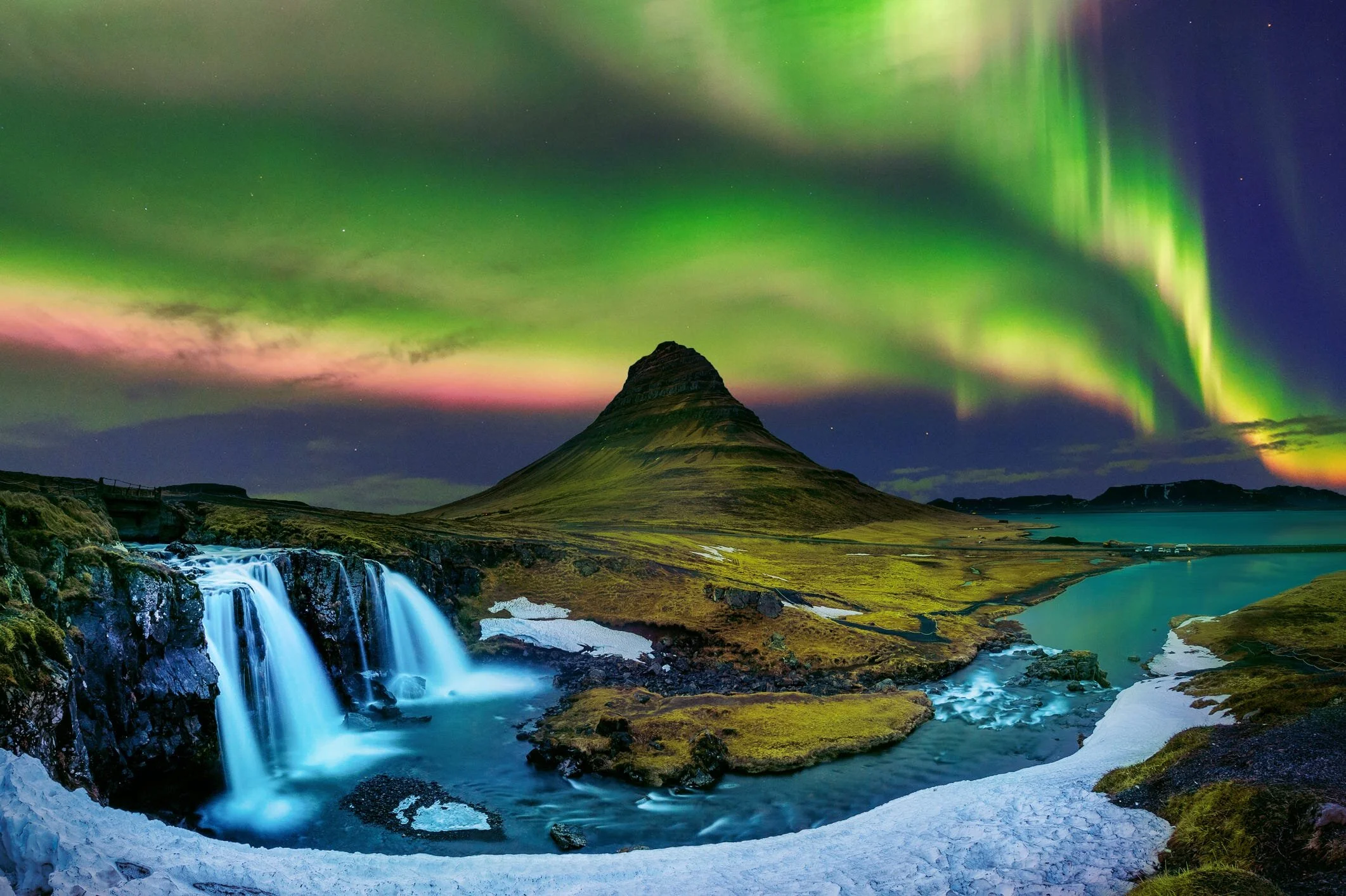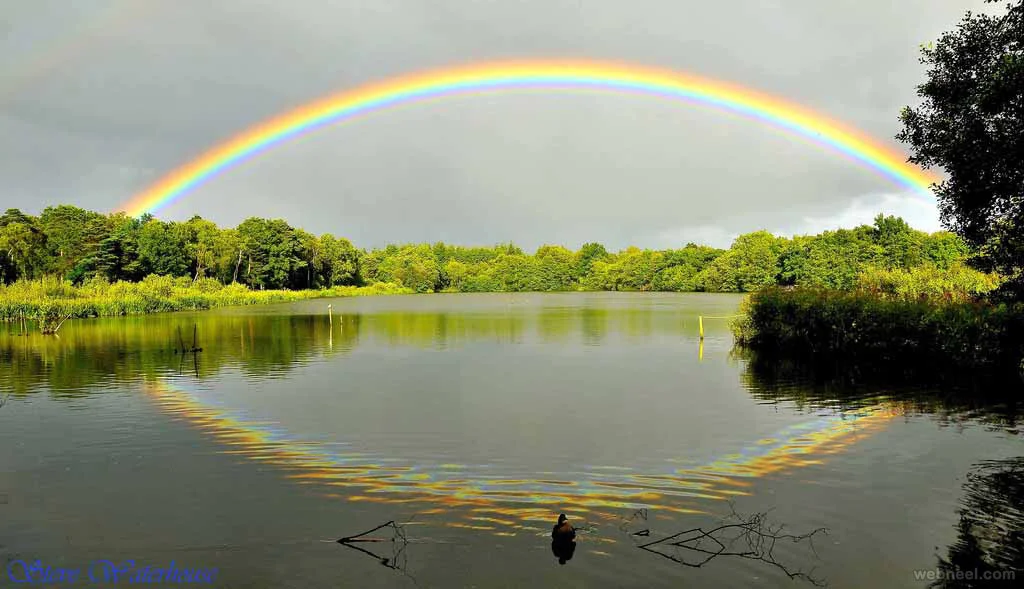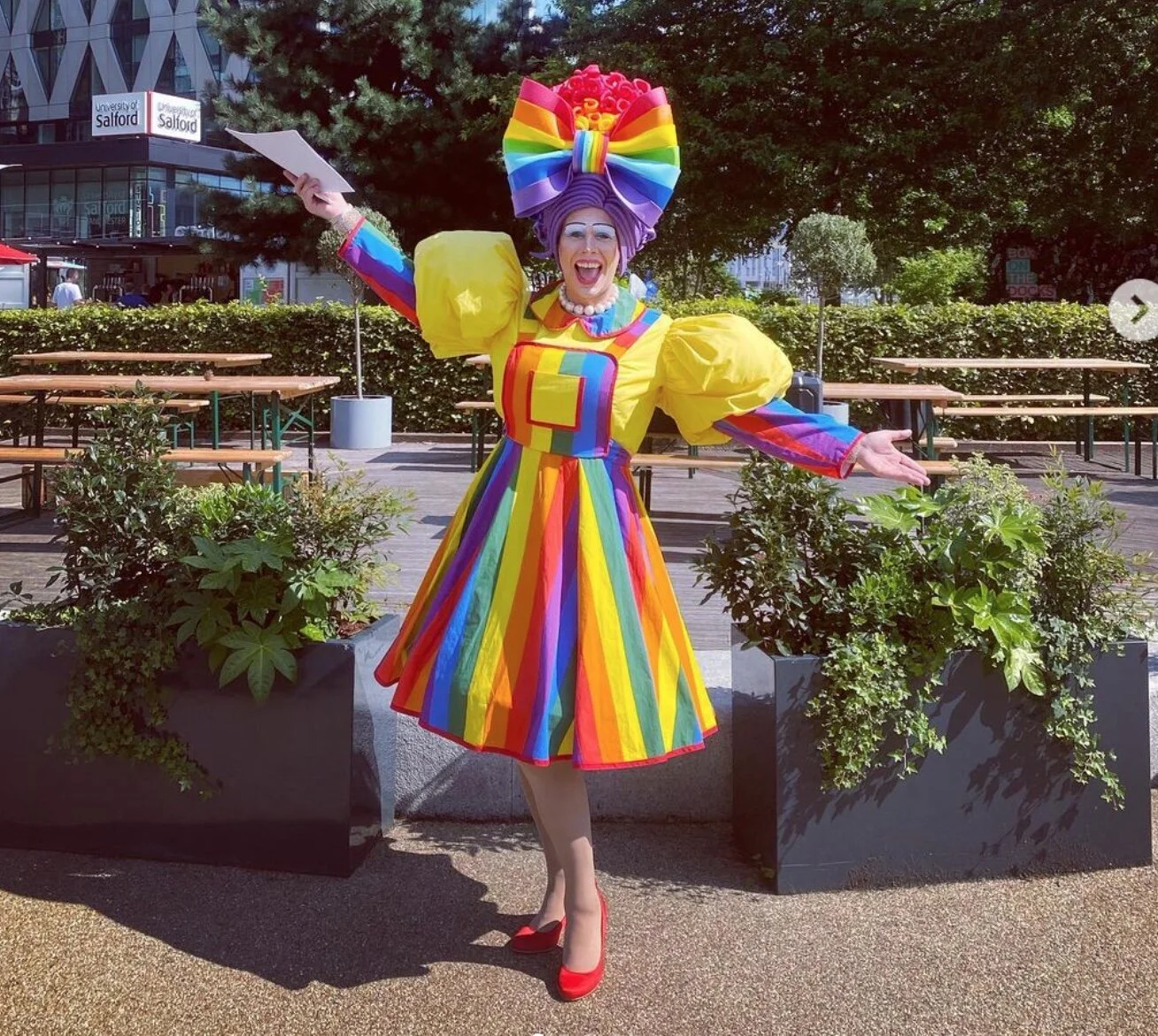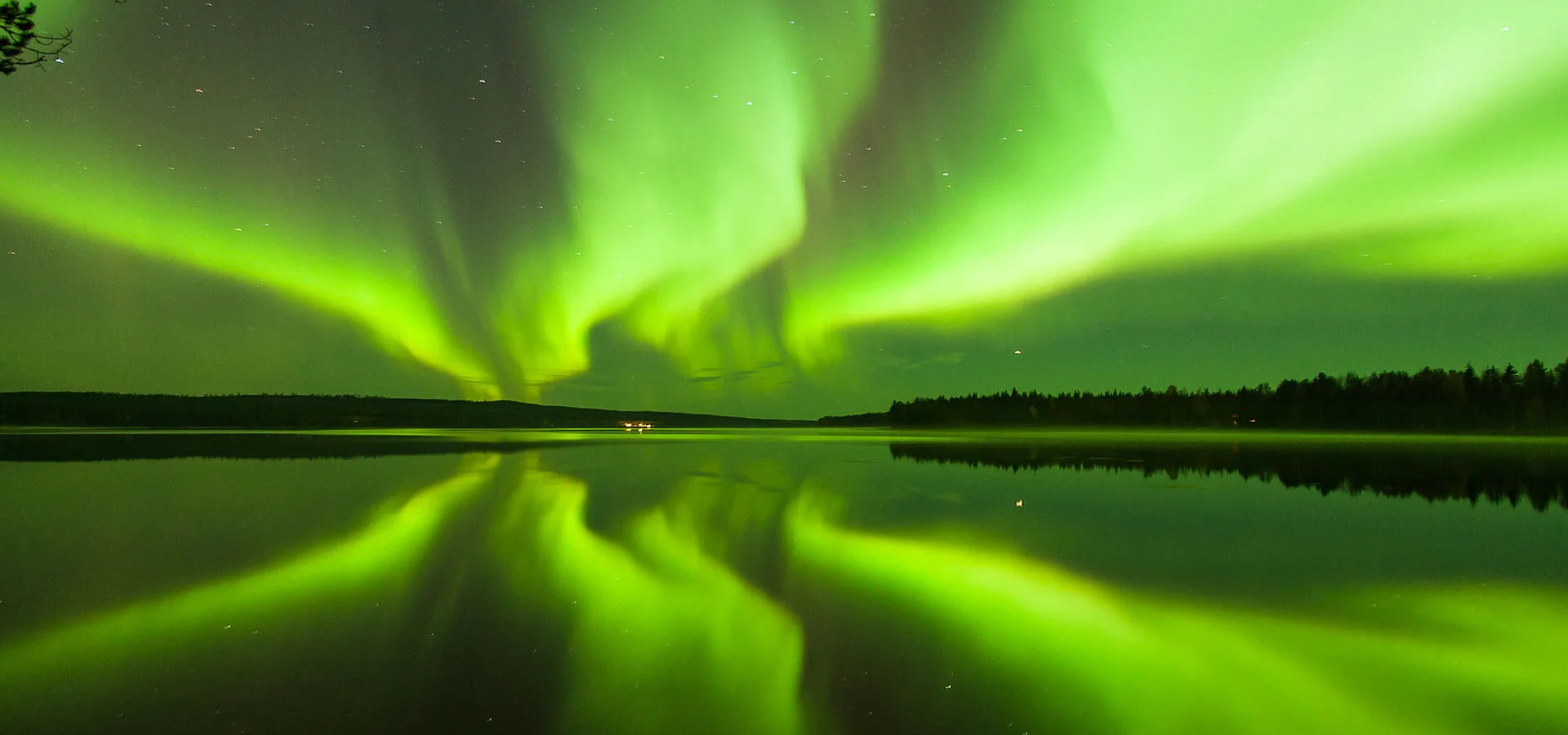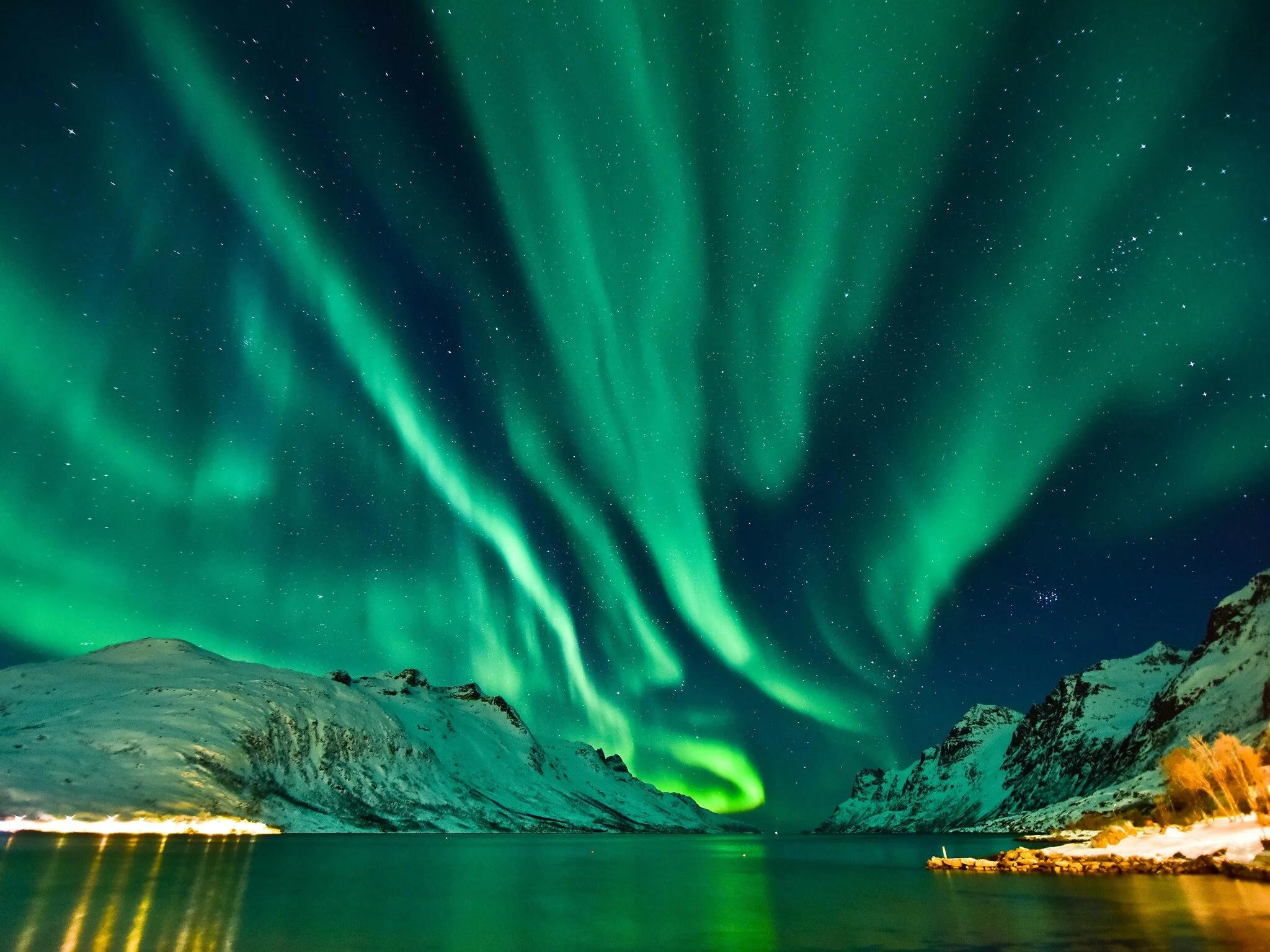By The Landlord
“The sight filled the northern sky; the immensity of it was scarcely conceivable. As if from Heaven itself, great curtains of delicate light hung and trembled. Pale green and rose-pink, and as transparent as the most fragile fabric, and at the bottom edge a profound and fiery crimson like the fires of Hell, they swung and shimmered loosely with more grace than the most skilful dancer.” – Philip Pullman, The Subtle Knife
“With the aurora borealis flaming coldly overhead, or the stars leaping in the frost dance, and the land numb and frozen under its pall of snow, this song of the huskies might have been the defiance of life, only it was pitched in minor key, with long-drawn wailings and half-sobs, and was more the pleading of life, the articulate travail of existence. It was an old song, old as the breed itself – one of the first songs of the younger world in a day when songs were sad.” – Jack London, Call Of The Wild
"Try to be a rainbow in someone's cloud.” – Maya Angelou
“We live in a rainbow of chaos.” – Paul Cezanne
“The way I see it, if you want the rainbow, you gotta put up with the rain.” – Dolly Parton
Intangible, evasive, fleeting, precious, in constant flux, a source of awe, excitement, sometimes primal fear, of mythical beauty and infinite moods, hues and colours. It all sounds like falling in and out of love, or trying to write the perfect song. So no wonder, since the dawn of time, these celestial phenomena are such an inspiration for lyrics and music, art and later film. And so this week it’s time to shine the light of our attention through this particular prism, and see what spectrum and shapes emerge, hauntingly beautiful, into playlists.
In the past, many more general, circumnavigational topics have come up – the sun, light, the sky, clouds, horizons, as well as all the familiar individual colours, but somehow, and perhaps in typically evasive fashion, these two particular phenomena, the rainbow, as well as the aurora borealis, have evaded most of these lists. So it’s time to look for them, chase them, somewhere, anywhere, across many genres, as inspiration in every genre, from folk to heavy metal, electronica and dance to classical, reggae and more, as literal description, as metaphor or any other context.
Watery arcs
We can never touch one (can we?), but a rainbow is defined as being caused by a process of reflection, refraction and dispersion of light in water droplets resulting in a spectrum of light appearing in the sky, often in an arc and visibly showing a red to violet spectrum. It can appear through a hosepipe in a sunny garden, or even in a floating bubble, but it’s more of an attraction in the sky, especially if you can see a full arc. There’s also often a less visible secondary rainbow, making it a double, by virtue of what’s known Alexander's dark band after Alexander of Aphrodisias who first described it. But far rarer is the twinned rainbow appears as two rainbow arcs that split from a single base.
But the real rainbow chaser’s dream is the full circle rainbow. Most rainbows would be circles if it weren’t for the ground, but can be viewed from higher points such as buildings, mountains and aircraft.
And there are other variants of the rainbow, such as the moon bow, or fogbow and the glory, smaller in diameter and is created by different optical processes. In the right circumstances, a glory and a (circular) rainbow or fog bow can occur together. Another atmospheric phenomenon that may be mistaken for a "circular rainbow" is the 22° halo, which is caused by ice crystals rather than liquid water droplets, and is located around the Sun (or Moon), not opposite it. the fogbow, or moon bow. Does that tie up the bow nicely?
The rare full circle rainbow as seen from aircraft
The rainbow image of multi-colours many also come into play in other contexts, such as the multi-culturalism and gender inclusivity of the rainbow flag and all of its associations.
Storyteller and entertainer Mama G enjoying the Manchester scene in Salford Media City during Pride week
Appreciation of, or perception of the rainbow comes in many forms. The painter Robert Motherwell recommends everyone to “walk on a rainbow trail; walk on a trail of song, and all about you will be beauty. There is a way out of every dark mist, over a rainbow trail.”
The actor and science educator Kyle Hill simply describes it as “the product of physics working for your appreciation of beauty.” The actress and singer-songwriter Karen Black sees it less romantically. “There is no pot of gold at the end of the rainbow.”
But what about Johnny Cash? Surely not a fan of the multi-coloured? His son John Carter Cash says otherwise: “My father had a great sense of humour. He wasn't only the Man in Black. He said it himself in the song 'Man in Black:' 'Ah, I'd love to wear a rainbow every day.' He was a man of hope.”
But moving on from rainbows, there’s the considerably more evasive aurora borealis or northern lights, most often glimpsed as vivid, smoky green, but also other colours, visible around Arctic sky when electromagnetic waves when the solar shower meets the Earth’s magnetic field. The travel writer Nigel Tisdall says: “The aurora borealis is a fickle phenomenon. A week can pass without a flicker ... then bang! The Northern Lights come on like a celestial lava lamp.”
I’ve tried twice to see it, visiting Iceland, have always been cursed by cloud. But in recent years it has been visible as far south as northern England, yet the ideal places are as from as north as possible in Scandinavia, Greenland or Alaska, Canada or Russia. Although there is also a southern equivalent, the aurora australis, are only usually seen by penguins and scientists, but just as spectacular.
Before they were understood scientifically, the aurora stimulated the imaginations of generations of north-dwelling indigenous humans, from Vikings to Inuits and Indians, where it was variously regarded as the abyss at the end of the world, the sky being on fire, a place of evil, of divine good, as an omen of war, of the dead playing with a ball, walrus head or skull, or meanwhile, the Eskimos of Nunivak Island regarding it as a walrus spirits playing with a human skull. The Mandan of North Dakota explained the northern lights as fires over which the great medicine men and warriors of northern nations simmered their dead enemies in enormous pots. And various cultures saw the lights as dancing spirits, from the Scottish Gaelic folklore of Na Fir Chlis – “the Nimble Men” to the Salteaus Indians of eastern Canada and the Kwakiutl and Tlingit of Southeastern Alaska.
In classical culture, named after the goddess of the morning, it’s been the inspiration for many poets, who are now lining up in the Bar to outdo each other in poetic description:
“But when Aurora, daughter of the dawn,
With rosy lustre purpled o'er the lawn.” – Homer
“Zephyr, with Aurora playing,
As he met her once a-Maying.” – John Milton
“Aurora had but newly chased the night,
And purpled o'er the sky with blushing light.”– John Dryden
“The stars are putting on their glittering belts.
They throw around their shoulders cloaks that flash
Like a great shadow's last embellishment.” – Wallace Stevens
“The phantom-host has faded quite,
Splendor and Terror gone--
Portent or promise--and gives way
To pale, meek Dawn.” – Herman Melville
“Night's son was driving
His golden-haired horses up;
Over the eastern firths
High flashed their manes.” – Charles Kingsley
“Tumultuous streams of glory gushed,
Ten thousand thousand rainbows rushed
And revelled through the boundless sky,
In jousting, flashing radiancy.
Careering around the welkin's brim
Like bright embattled Seraphim;” – David Vedder
But that’s enough colourful language for now. The photographer Andy Long, who has snapped it many times, describes, with a wry view, about the human reaction to seeing it. “Some believe that whistling and making other sounds at the aurora will either cause it to become more active, use it as a way to speak to their ancestors or even that the aurora will come down and take their heads off, thus making them observe it in silence and awe.”
But talking of whistling and other noises, the biologist Karin Lehmkuhl Bodony, who lives in the remote Alaskan village of Galena, has recorded soundscapes on her dog sleigh and captured the sound of the lights using a very low frequency (VLF) receiver. She describes it as something of many aural colours. “There are times when it’s just normal background chattery, crackly sounds and then there’ll be other times when it’s really cool – beautiful whooshing sounds and a chorus that sounds like frogs calling.”
Helped by composer Matthew Burtner, who works with natural sounds and scientific environmental data, her recordings were made for a special BBC Radio programme, Songs of the Sky.
So then, it’s time to tune into your own suggestions, and scan the musical skies for ideas. Let’s welcome back to the Bar another source of wonder and awe, in the ever sparkly and colourful form of our very own Hoshino Sakura! Place your songs in comments below for deadline at 11pm UK time on Monday, for playlists published next week. The chase is on. It’s all out there, somewhere …
New to comment? It is quick and easy. You just need to login to Disqus once. All is explained in About/FAQs ...
Fancy a turn behind the pumps at The Song Bar? Care to choose a playlist from songs nominated and write something about it? Then feel free to contact The Song Bar here, or try the usual email address. Also please follow us social media: Song Bar Twitter, Song Bar Facebook. Song Bar YouTube, and Song Bar Instagram. Please subscribe, follow and share.
Song Bar is non-profit and is simply about sharing great music. We don’t do clickbait or advertisements. Please make any donation to help keep the Bar running:

